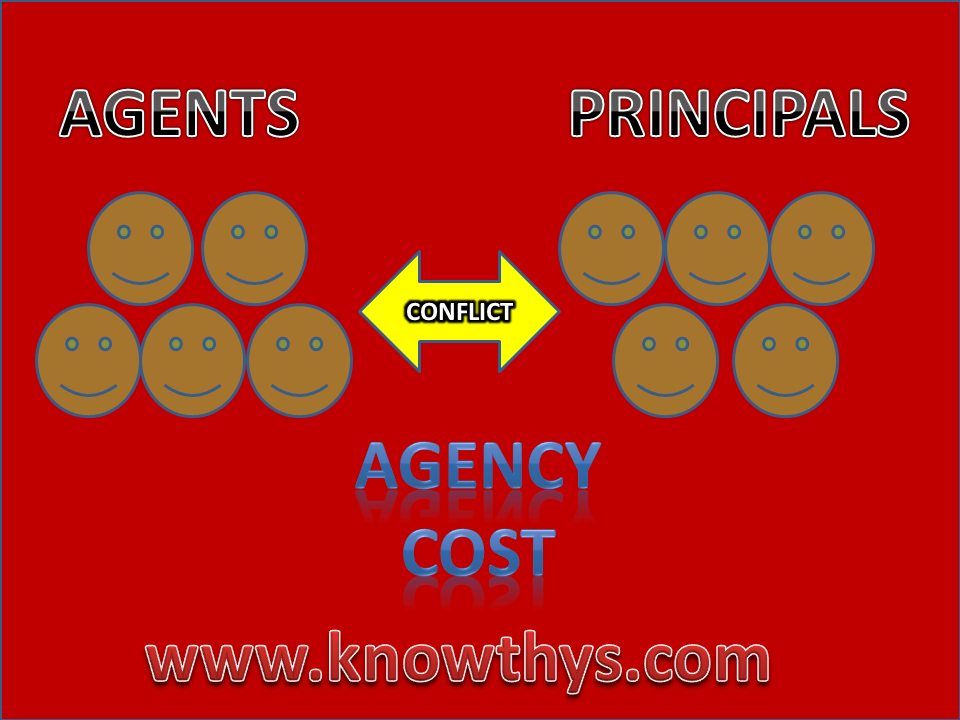Managerial Behavior, Agency Costs, and Ownership Structure
Theory of the Firm by Jensen and Meckling (1976)
The Objective of the Article
The purpose of the article is to “drive theory of ownership structure for the firm” drawing on:
- Property Rights Theory
- Agency Theory
- Finance Theory
Jensen and Meckling (1976) characterize the idea of Agency Costs and demonstrate its relationship to the “partition and control” issue; research the idea of the agency cost produced by the presence of debt and equity, and exhibit who bears these expenses and why.
As a matter of fact, the article isn’t a theory of the firm independent from anyone else. Yet rather is a theory of market sectors where firms are significant acts. We have no theory that clarifies how the clashing destinations of the individual members are brought into balance in order to yield this aftereffect of a “firm”.
Property Rights
What is significant for the issues tended to here is that the particular of individual rights decides how expenses and rewards will be dispersed among the members in any association. Detail of rights is, for the most part, accomplished through contracting, individual conduct in associations, including the behavior of management.
Jensen and Meckling (1976) center around the behavioral consequences of the property rights indicated in the agreements between the principals and agents of the firm.
Agency Costs
Agency relationship: This is an agreement between at least two parties. Under which one party (principal) engages second party (agent) to play out some help for their sake. Which includes designating and some basic leadership and decision making the position to the agent.
In case both parties in the agreement are utility maximizers. There is a valid justification to accept that the agent won’t generally act to the greatest advantage of the principal.
Agency cost is the aggregate of:
- The monitoring expenses
- The financial holding expenses
- The residual loss
Agency exists in all associations and in every agreeable exertion, at each degree of the executives in firms, in colleges, in shared organizations, in cooperatives, in administrative specialists and authorities, and in associations.
Jensen and Meckling (1976) center around the analysis of agency costs produced by the legally binding contracts between the principal and agents of the company.
They propose that people take care of the regularizing issues and given that stocks and bonds only can be given as claims. They research the motivators looked by every one of the legally binding contracts and the components going into the assurance of the balance authoritative structure describing the connection between the agents of the firm and the equity and debts holders (principals).
Agency Costs of Equity
In the case that an entirely possessed firm is overseen by the proprietor. He will settle on working choices that augment his utility.
The consideration of equity-based will create agency costs. Because of a difference of interests. Since the principal will at that point bear just a small amount of the expenses of any non-fiscal advantages he takes out in expanding his very own utility.
The Agency Costs of Debt
For what reason don’t we observe enormous organizations separately possessed with a little portion of the capital provided by the individuals in return of 100% of the equity and the rest just on loan or borrowed?
Reasons:
- The motivating force impacts related to high debt or leverage firms.
- Strong motivation to take part in investments that guarantee exceptionally high returns if successful. Regardless of whether they have a low likelihood of achievement.
- Issuance of debts produces agency costs, which are the duty of the principal.
- The effect of monitoring cost due to incentives
- The agent is supposed to incur contractual costs to minimize the effects of monitoring costs.
- Bankruptcy expenses
- Operating expenses and incomes of a firm are adversely affected.
- Generally, if the agency costs incited by the presence of owners are certain. It will pay the shareholders (investors) to sell out to an agent who can stay away from these expenses.
In summary, the agency expenses related to obligation comprise of:
- The opportunity to loss wealth caused by the impact of debt on the investment decisions of the firm.
- The observing and holding expenses by the principal and the agents.
- The insolvency and rearrangement costs.
Corporate Ownership Structure
Jensen and Meckling (1976) utilize the expression “ownership structure”. Instead of “capital structure” to feature the way that the significant factors to be resolved are not simply the general measures of obligation and value yet additionally the portion of the value held by the administrator.
Contributions
The analysis of this paper would point out that to the degree that security investigation activities decrease the agency costs. Related to the separation of ownership and control they are to be sure socially creative.
In adding to the fairly well-understood role of ambiguity in the purpose of the quality of indemnity. There is at least one other component of great significance – the capability of the owner of the collateral to change the supply of consequences by shifting either the mean result or the variance of the results.
Conclusions
“They debate that agency costs (monitoring costs, economic relationship costs, residual loss) are an unavoidable result of the agency relationship. Even if they debate that agency costs are non-zero, these costs do not look upon as non-optimal in their structure”.
“In reality, they suggest that because agency costs are borne entirely by the decision-maker. The decision-maker has the reason to see that agency costs are minimized. (Because the decision-maker captures the benefits from the saving in agency costs)”.

